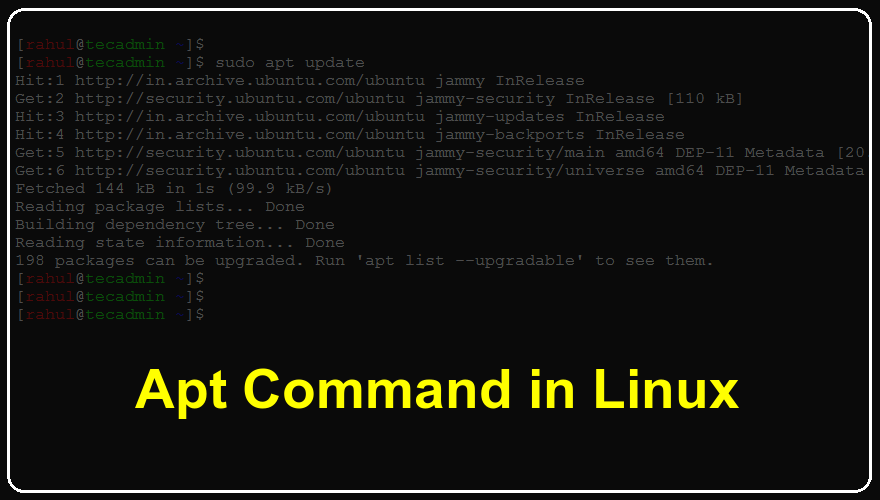The Secure Shell (SSH) protocol is a method for secure remote login and other secure network services over an insecure network. One way to use SSH securely is by using a public-private key pair, which is a set of cryptographic keys that consists of a private key and a public key. The private key is kept on the client machine, while the public key is uploaded to the server. In this article, we will show you how to generate an SSH key pair in Windows. Prerequisites Before we begin, you will need to make sure you have the following: A…
Author: Rahul
OpenSSH is a popular open-source implementation of the Secure Shell (SSH) protocol, which is used to securely connect to and manage remote systems over a network. OpenSSH is included in many popular Linux distributions, including Pop!_OS, and it provides a wide range of tools and utilities for securely accessing and managing remote systems. This tutorial will help you to install and secure the OpenSSH server on Pop!_OS Linux. In this tutorial, we will cover the following topics: Installing OpenSSH server on Pop!_OS Configuring the OpenSSH server Using the OpenSSH client to connect to a remote system Securing the OpenSSH server…
In a Linux operating system, a port is a communication endpoint for either sending or receiving data over a network. Network ports are identified by a number, and each port number is associated with a specific type of network service. For example, port 80 is used for HTTP traffic, port 21 is used for FTP, and port 25 is used for email. In order to establish a network connection, you need to open a port on your Linux system. There are several methods for doing this, including using the built-in firewall programs FirewallD, UFW, and iptables. Each of these methods…
A binary file is a type of computer file that is stored in a binary format, which means that it is composed of a series of 0s and 1s that represent the data stored in the file. Binary files are often used to store data in a form that is more efficient or more compact than a text file. Binary files are used for a wide range of purposes, including storing executable programs, images, audio and video files, and data files. The most common type of binary file is an executable file, which is a program that can be run…
Flask is a microweb framework written in Python that is widely used for building web applications. It is a lightweight framework that does not require particular tools or libraries to be installed. Flask provides developers with the ability to add functionality to their applications through the use of libraries and modules. In this tutorial, we will show you how to install Flask on Debian Linux. Debian 11, also known as “Bullseye,” is the latest stable release of the Debian operating system. It is a free and open-source operating system that is widely used on servers and other systems. Prerequisites Before…
A high-availability cluster is a type of computing system that is designed to ensure that critical services and applications remain available to users with minimal downtime. It consists of multiple servers, or nodes, that are configured to work together to provide a single, unified service or application. If one node fails, the other nodes take over to ensure that the service or application remains available to users. There are several different types of high-availability clusters, including active-passive, active-active, and hybrid clusters. An active-passive cluster consists of one active node that handles all requests and one or more passive nodes that…
Docker is a popular containerization platform that allows you to package, deploy, and run applications in a container. As you use Docker, you may accumulate a large number of images, containers, and volumes that take up space on your system. The `docker system prune` command allows you to remove unused data from your Docker system, including stopped containers, dangling images, and unused networks and volumes. In a production environment, it is important to carefully consider the implications of using the `docker system prune`, as it can potentially remove data that is still in use. In this article, we will go…
Docker is a popular containerization platform that allows you to package, deploy, and run applications in a container. The `docker exec` command allows you to run commands in a running Docker container. This can be useful for debugging, testing, and administering containers. In this article, we will go over how to use the docker exec command to run commands inside a running Docker container. Running Commands in a Container To run a command inside a Docker container, you can use the docker exec command followed by the container ID or container name, and the command you want to run. For…
The apt command is one of the most powerful and versatile tools in the Linux operating system. It provides users with a powerful, yet easy-to-use, package management system that can be used to easily manage and install the software. With the apt command, users can quickly and easily search for, install, upgrade, and uninstall software applications from their systems. This guide provides a detailed overview of the apt command and explains how to use it to manage software on a Linux system. It explains the different commands and options available and outlines how to use them to manage software, resolve…
Pip is a package management system used to install and manage software packages written in Python. It stands for “Pip Installs Packages” and is a helpful tool for developers to easily share and collaborate on code. In this article, we will explain how to install Pip on Ubuntu 22.04. Before installing Pip, make sure that Python is installed on your system. Ubuntu 22.04 comes with Python 3.9 pre-installed, so you don’t need to worry about installing it. You can check the version of Python installed on your system by running the following command: python3 -V Command ‘python3.11’ not found, but…





